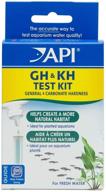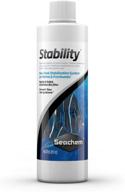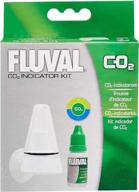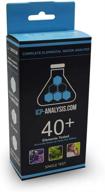
Review on 🧪 Accurate Ammonia Testing Made Easy: Seachem MultiTest Ammonia Test Kit by Melissa Brown

Read this if you want to know how to use this test correctly!
First of all I want to say that I love this product. It's accurate and more or less easy to use once you get the hang of it. The instructions Seachem provides can be improved and I will try to improve them in this review. Above all. This isn't a liquid test, which you'll find for almost every other product that claims to provide a reading of ammonia concentration. In other words, you don't put drops in a test tube of aquarium water and watch the water change color. This is a gas sensor test. You pour water into one of the "spots" on the provided plate. This is a small plastic tray with 6 test points. As the sensor floats above water, free ammonia gas is released over time, which reacts with the substance on the tiny disc sensor. The darker the water becomes, the more free ammonia it contains. This is the only test I've found that doesn't cost hundreds or thousands of dollars and gives free ammonia readings. To get it right, follow the instructions in the manual that came with it, but remember the following. Rinse the transducer in "clean” water, reverse osmosis water, distilled water, or water that has been boiled (and completely cooled) for at least 20 minutes. This ensures that there is no free ammonia in the water you are rinsing with. They are equipped with pliers (tweezers) for removing and replacing sensors from the container in which they are supplied. Rinse the tweezers in the same water you will rinse the transducer in. before pulling one out of the container. Touch the sensor as little as possible with tweezers. Try to grip the edge as little as possible to hold the transducer securely, and expect the part you touched with the tweezers to darken during the test. Ignore this part and read the lighter/surrounding areas. Do not touch the sensor with your fingers or other objects, as this can lead to incorrect readings or even damage/destruction of the sensor. They're a little tricky to manipulate and move, but the test works. The only time I use this test is when cycling as most of the time the Seachem ammonia badge is enough to tell me if there is a spike. I only use them when I want to get a more accurate free ammonia reading. They also include a reagent for a total ammonia test but I find a liquid test easier and exactly the same but use caution when using them as some can be affected by conditioners such as primers. However, this test will give you a reading of toxic ammonia. So if you want to know what's actually in your tank in terms of free, toxic ammonia, this is a good test for the price. easier the more you get used to it.
- FULL SPECIFICATION: Proper functioning of the kit can be confirmed by testing in the usual manner except that a reference sample is used rather than an aquarium or tank sample.
- Other Other
New products
Comments (0)
Top products in 🌊 Aquarium Test Kits
Another interesting products
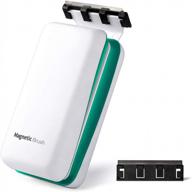
Efficient 2-In-1 Magnetic Fish Tank Cleaner With Non-Slip Design And Scratch-Free Blades

37 Review
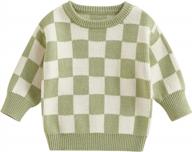
Jasonwell Magnetic Aquarium Fish Tank Glass Algae Cleaner - Floating Brush (L Size)

37 Review
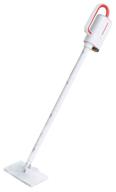
Steam cleaner Deerma Deerma DEM-ZQ610 EU, white/red

68 Review

Mini pump Xiaomi Mijia Electric Pump 1S, plastic, black

55 Review


